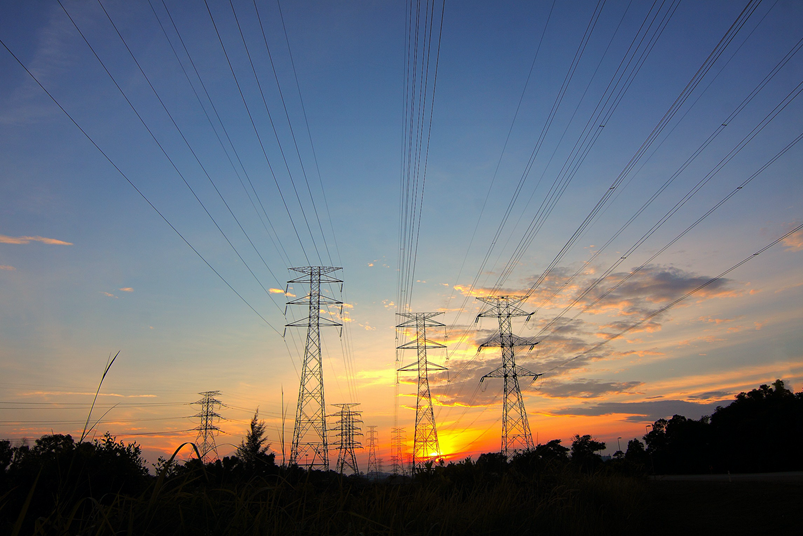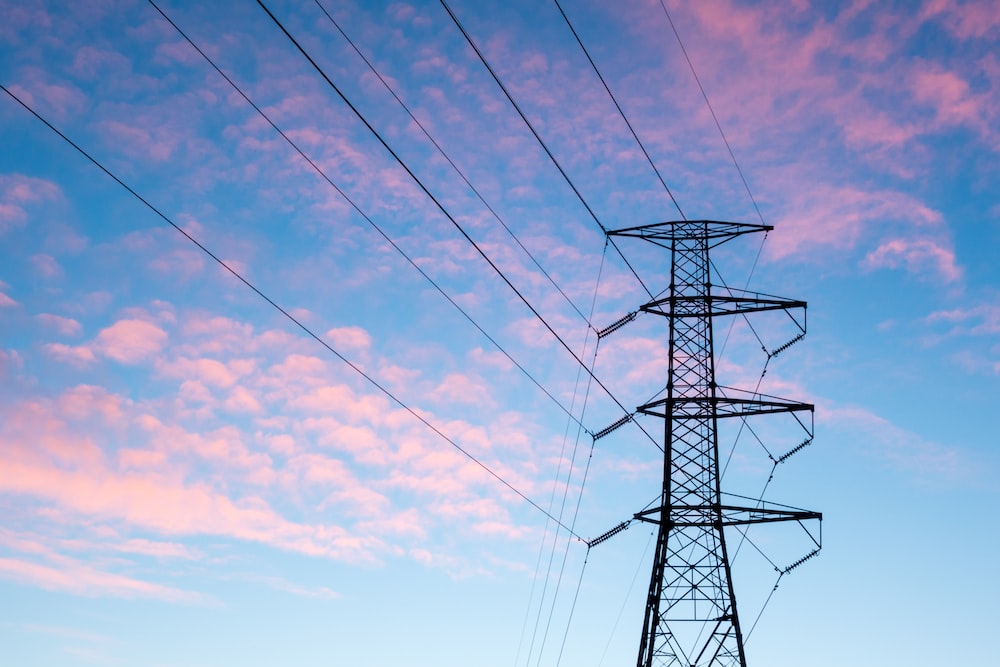ニュース
Building a 120 Volt AC Power Supply for 3 Volts DC
著者: ZYGパワーモジュール Time: 2023-4-18
Introduction:
In this article, we will discuss how to build a 120-volt AC power supply for 3 volts DC. This process requires some basic knowledge of electronics and safety measures. We will provide step-by-step instructions to help guide you through the process.
Materials Required:
– Transformer (120V to 12V AC)
– Bridge rectifier
– Capacitor (1000uf, 16V)
– Voltage regulator (LM7803)
– Heat sink
– Wires
– Soldering iron and solder
– Wire stripper
– Pliers
– Safety glasses
Step 1: Safety Precautions
Before starting any electrical project, it is essential to take safety precautions to avoid electrical shocks or fires. Wear safety glasses to protect your eyes from soldering fumes. Ensure that the circuit is unplugged from the power source when assembling or testing.
Step 2: Assembling the Circuit
The first step in building a 120-volt AC power supply for 3 volts DC is assembling the circuit. This process involves connecting the transformer, bridge rectifier, capacitor, voltage regulator, and heat sink. Follow the wiring diagram to connect the components correctly.
Step 3: Wiring the Transformer
The transformer is the first component to connect. It converts 120 volts AC to 12 volts AC, which is then rectified to DC. Cut the wires of the transformer to the required length using a wire cutter. Strip the ends of the wires using a wire stripper to expose the copper strands. Connect the wires to the terminals of the transformer according to the wiring diagram.
Step 4: Wiring the Bridge Rectifier
The bridge rectifier is used to convert AC to DC. Connect the bridge rectifier to the transformer using the wires provided. Ensure that the polarity is correct by following the wiring diagram.
Step 5: Wiring the Capacitor
The capacitor is used to smooth out the DC voltage, reducing any ripples or fluctuations. Connect the capacitor to the bridge rectifier using the wires provided. Ensure that the polarity is correct by following the wiring diagram.
Step 6: Wiring the Voltage Regulator
The voltage regulator is used to regulate the voltage to 3 volts DC. Connect the voltage regulator to the capacitor using the wires provided. Ensure that the polarity is correct by following the wiring diagram.

Step 7: Installing the Heat Sink
The voltage regulator generates heat during operation. Installing a heat sink helps to dissipate the heat away from the regulator, preventing damage. Attach the heat sink to the voltage regulator using screws or thermal glue.
Step 8: Testing the Circuit
Before powering the circuit, it\’s essential to check for any wiring errors or shorts. Use a multimeter to test the circuit\’s continuity and resistance. Once you\’re satisfied, plug in the circuit to a 120-volt AC power source and check the output voltage using a multimeter. The output voltage should be 3 volts DC.
Conclusion:
Building a 120-volt AC power supply for 3 volts DC requires some basic electronics knowledge and safety measures. Follow the wiring diagram and steps provided to assemble the circuit correctly. Test the circuit for any errors or shorts before plugging it into a power source. Once you satisfied, you should have a functioning power supply that produces 3 volts DC.
関連情報
-
2023-7-27
Understanding the Basics of AC-DC Power Supply: A Comprehensive Guide
Introduction In today's technological era, power supplies play a crucial role in various electronic devices and systems. In particular, the AC-DC power supply is an essential component that converts alternating current (AC) into direct current (DC) to provide a stable and regulated power source. This article aims to provide a comprehensive understanding of AC-DC power supplies, explaining their basic principles, components, and functionality. 1. The Basics of AC and DC Power To comprehend the functionality of an AC-DC power supply, it is essential to understand the difference between AC and DC power. Alternating current (AC) is the type of electricity that flows in both directions periodically. It is the power supplied by the utility grid and is characterized by a...
詳細を見る -
2023-10-13
AC Power Supply Module: Providing Reliable Electrical Power
Introduction: Electrical power plays a vital role in our daily lives. From powering our homes and offices to enabling the functioning of various electronic devices, a reliable and efficient power supply is crucial. AC power supply modules are designed specifically for this purpose - to provide reliable electrical power to meet our growing energy needs. This article will explore the importance of AC power supply modules and how they ensure a steady and uninterrupted power supply. 1. Understanding AC Power Supply Modules: AC power supply modules are electronic devices that convert alternating current (AC) from the main power supply into direct current (DC) that can be used by electronic devices. These modules are designed to regulate and stabilize the voltage,...
詳細を見る -
2023-6-7
The AC DC Converter ZP Series is a highly efficient and reliable power supply solution for a wide range of applications. With its advanced design and innovative features, the ZP Series is capable of delivering high-quality power with minimal energy loss. One of the key advantages of the ZP series is its ability to convert AC power into DC power with extremely high efficiency. This is achieved through the use of advanced circuitry and power management techniques, which ensure that the power supply operates at maximum efficiency at all times. As a result, the ZP series is able to deliver more power with less energy consumption, making it an ideal choice for energy-conscious applications. Another important feature of the ZP...
詳細を見る -
2023-7-12
AC DC Converter SPM Series: Efficient Power Conversion for Your Electronics
Introduction: In today's digital age, electronic devices have become an integral part of our lives. From smartphones to laptops, from televisions to refrigerators, we depend on these devices for our daily activities. However, all these devices require power to function, and that's where AC/DC converters come into play. The SPM Series AC/DC converter is a cutting-edge solution that offers efficient power conversion for your electronics. Let's delve deeper into its features and benefits. Efficiency and Reliability: One of the key features of the SPM Series AC/DC converter is its high efficiency. With an efficiency rate of up to 95%, the converter minimizes power loss, resulting in lower energy consumption and reduced electricity bills. Its advanced design ensures stable and reliable...
詳細を見る -
2023-3-31
Quality Control in DC-DC Converter Manufacturing: The Role of the Factory
Quality control is an essential aspect of any manufacturing process, and DC-DC converter manufacturing is no exception. DC-DC converters are electronic devices that convert DC voltage from one level to another, and their quality is critical in many applications, including telecommunications, data centers, and medical devices. The role of the factory in ensuring the quality of DC-DC converters cannot be overstated, as they are responsible for implementing and monitoring quality control measures throughout the production process. In this article, we will discuss the role of the factory in quality control in DC-DC converter manufacturing, including the measures they take to ensure that the products meet the highest quality standards. Quality Control Measures in DC-DC Converter Manufacturing The quality...
詳細を見る -
2023-6-13
Efficient AC DC Power Supply with PFC Technology
Power supply technology has come a long way since the early days of electronics. One of the biggest advancements in power supply technology has been the development of Power Factor Correction (PFC) technology. PFC technology has revolutionized the way that power is delivered to electronic devices, making power supplies more efficient, reliable, and cost-effective. In this article, we will discuss how PFC technology works and how it has improved the efficiency of AC DC power supplies. What is PFC Technology? Power Factor Correction technology is a method of correcting the power factor in an AC circuit. The power factor is a ratio of the real power (watts) to the apparent power (volt-amperes) of a circuit, and it indicates how efficient...
詳細を見る


















